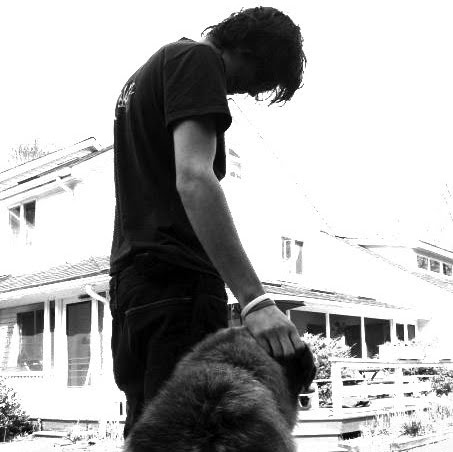 |
| Image by Sam Brown (www.explodingdog.com) |
So with my recent scrapping of the old software systems, I've begun to re-write the stuff I had previously done in Arduino/Processing IDEs in Arduino/C++. The major rewrite just makes sense now that I'm using an LCD screen onboard the Arduino and also given that the Processing sketch has developed this charming trick where it shits the bed and breaks serial communications whenever it feels like it. Its real cute. Especially at parties. The C++ part of it isn't too rough since I'm using the Qt framework for the GUI (vs Processing which... yea, anyway-) and alot of the other tasks; there is even a 3rd party library called QextSerialPort that lets me interface with the Arduino relatively easily.
But I wouldn't be writing if there wasn't a problem, right?
Right!
The problem is the audio analysis part of the program. Qt has its own media classes (Phonon or something- I dunno. I only know it sucks.), but they don't really do what I want. I've looked at countless other libraries too: SndObj, Marsyas, CLAM, and JUCE, just to name a few. I've found that they're mostly low-level, or have the entire opposite problem- I'm instantly drowned in a big ocean full of crap I don't want or need. CLAM has seemed most promising (especially due to Qt integration), but it just too top-heavy. For now I'll digress on my other... issues... with CLAM (you do not trumpet full cross-platform support if your last Windows release was more than 2 years ago, and it had to be cross-compiled on a Linux box. And some features don't work. And their documentation blows. And I don't like clams.)
For now I guess I've stepped back from finding a suitable library; mostly to avoid physical harm to my computer. It'd be great to find something with Qt widget integration so I don't have to re-invent the wheel, but in all likelihood I get to re-invent the stupid wheel again.






